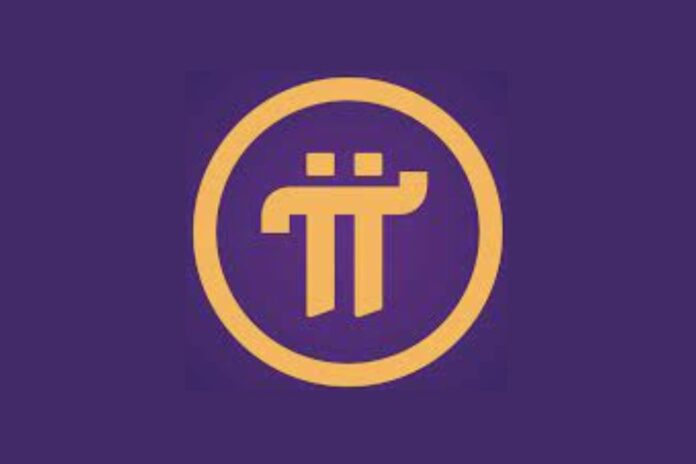Pi Network has been around since December 2018 courtesy of a team of early innovators from Stanford University. The blockchain project, which has Pi as its native currency, is said to be a utilities-based ecosystem of third-party applications, utilized on a mobile web platform, with the widespread token distribution.
In December 2021, the engineers released an updated whitepaper, along with the launch of Pi’s Enclosed Mainnet, in preparation for the upcoming project’s Open Mainnet.
Although there has been skepticism from some players in the industry around the project because of its delayed Open Mainnet launch, the smartphone-based crypto mining project community continues to swell dramatically, reaching more than 35 million Pioneers from more than 230 countries, according to the team.
Pi Network Addresses Unauthorized Coin Listings
Lately, Pi has been a hot topic in the crypto community given the optimistic developments around the project including Pi Hackathon. Hence, interest in the project seems to be on the rise from both investors and exchanges. This led to the listing of tokens purporting to be Pi or some purported derivative of Pi by certain unauthorized exchanges and third parties in late 2022.
In response, the Pi Network team released a statement on December 29, advising its community members not to engage with these third parties as they are acting without the involvement of the network. Also, the announcement stated that they have no partnership with any of these crypto exchanges, stressing that the products being traded on these exchanges are not real Pi tokens.
“It is important to reiterate that Pi is currently in the Enclosed Network and is not approved by Pi Network for listing on any exchange or for trading, and Pi Network was not involved with any of these purported postings or listings,” part of the announcement read.
Meanwhile, Pi Network publicly requested the exchanges involved to delist Pi and remove all related postings as it is a violation of Pi’s policies or stands the risk of facing additional actions.
Pi has not been listed on any exchange, and Pi Network has not been involved with any purported listings. You could sustain substantial loss by participating in unauthorized listings. Read more on our website: https://t.co/rbntZ7DROj pic.twitter.com/LJztPOH35c
— Pi Network (@PiCoreTeam) December 30, 2022
Pi Open Mainnet
As aforementioned, Pi is in a phase known as the”Enclosed Mainnet,” the hopeful final phase before the expected Open Mainnet, when the coin will be officially listed on exchanges for trading and connectivity with other blockchains will be established.
It is worth noting that throughout this interim Enclosed Mainnet period, the Pi Mainnet is live, but with a firewall, preventing any unwanted external connectivity.
Technically, at this stage, other blockchains or crypto exchanges cannot connect with Pi without the explicit authorization of the network. The present listing of Pi on some platforms is, therefore, a clear violation of Pi’s policies and highly risky to participate in trading.
While the community awaits the Pi Open Mainnet launch, the temporary Enclosed Mainnet gives ample opportunity to the Pi Network team to focus on mass KYC/migration and ecosystem utilities-building.
Follow us on Twitter, Facebook, Telegram, and Google News


